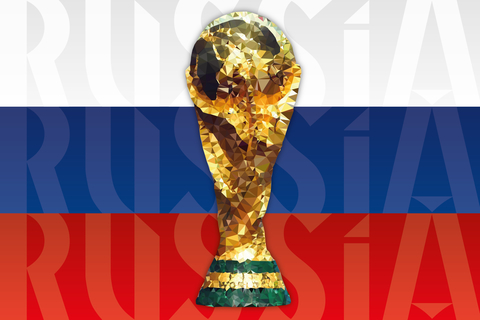Proximity and Efficiency: Central Europe Becomes a Hub for Bike Production
The bicycle and e-bike industry is undergoing a transformative shift in 2025, with Central Europe (C
moreXtreme Fitness Gyms Targets Dominance in Eastern European Fitness Market
Polish fitness franchise Xtreme Fitness Gyms is making waves in the fitness industry, celebrating th
moreAdidas Expands Presence in Switzerland with Zurich Branch
Adidas, the global sporting goods powerhouse, is strengthening its foothold in Central Europe (CE) b
morePolish Brand 4F Becomes Official Technical Supplier for National Volleyball Teams
Polish sportswear brand 4F has announced a landmark partnership, becoming the official technical sup
moreFriction Labs Joins Crag Sport Portfolio: A New Business Partner for Climbers in Central Europe
Krakow-based Crag Sport, a recognized expert in business development in Central Europe (CE), has exp
more
"Business
Partner search for the Sports industry in Central Europe"
You are here » Home Page
» CE Sports Business News
» Russians World Cup Effect
 2018-06-13
source own
2018-06-13
source own
Russians World Cup Effect
 2018-06-13
source own
2018-06-13
source own
According to the latest cost estimates, Russia has already invested some US$13 billion in the preparation for the month-long football tournament, and may well surpass the record US$15 billion spent by Brazil in 2014 to become the most expensive World Cup ever held. Along with the 113 training grounds and 12 stadiums being built or renovated (including the St. Petersburg Stadium that is thought to have alone cost about US$1.5 billion), about 60 new hotels are being constructed, providing more than 10,000 rooms to football fans and tourists.Only time will tell if the investment is worthwhile in economic terms, even with more than 1.5 million tourists expected to pour into Russia during the tournament, spending an estimated US$3 billion on accommodation, tickets, souvenirs and transportation.However, the World Cup will give visitors and investors from all over the world a chance to discover more about some of the lesser-known cities and regions in Russia, and allow the nine host cities outside Moscow and St. Petersburg to promote themselves and seek foreign business co-operation and investment.With the investment on World Cup infrastructure mostly being co-financed by the federal/regional/municipality governments and the private sector[2], the success of such public-private partnerships in infrastructure development should not only help to harmonise the pace of development in different regions across Russia, but should also increase the confidence of international consortiums about returning to the Russian market.Russian RecoveryGiven the recent mild inflation figures (2.3% in the first quarter of 2018, compared to an annual inflation target of 4%) and the Russian Central Bank’s continued efforts to keep the benchmark interest rate at a low level to promote credit growth and expand domestic demand, the Russian economy is forecast to post an improving real GDP growth of 1.7% in 2018.Following the rebound of the Russian economy last year after two years of recession, the country’s per-capita income (US$27,800 based on purchasing power parity, or PPP) is now on a par with European countries like Portugal, Poland and Hungary, and far ahead of the other BRICS economies, Brazil, India, China and South Africa.









